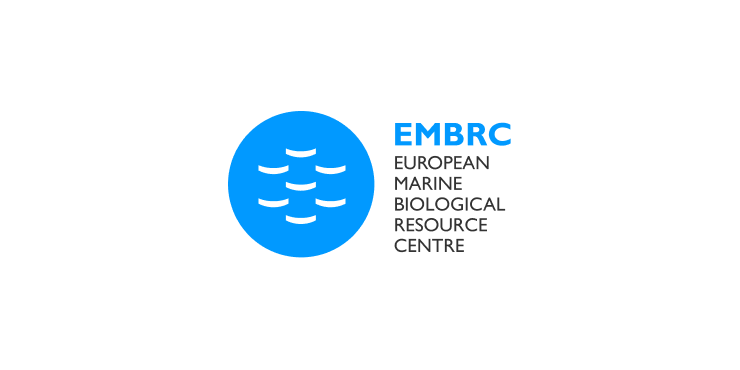
Chiara Conte, PhD student at CoNISMa (Consorzio Nazionale Interuniversitario per le Scienze del Mare), used EMBRC services at HCMR-IMBBC (EMBRC Greece) through the joint EuroMarine-EMBRC call for early career marine researchers. Here she describes the project she is carrying out and its scientific objectives.
‘This project builds on the encouraging results on the relationship between seagrasses and epiphytic microbes. Our previous work revealed that the seagrass epiphytic microbes are specific to each species due to their structural and physiological characteristics and that microbes may play an important role in seagrass ecology (Conte et al., 2021a). These results suggested us the potential use of the epiphytic microbes as an early warning of seagrass ecological status (Conte et al., 2021b). In this project, we focused the research on the Mediterranean endemic Posidonia oceanica as it is of increasing importance to investigate new aspects of this species’ ecology, considering its interaction with the associated microbes, and detecting early sign of stress to improve its conservation’.
The aim of this project was to assess the diversity of the holobiont of Posidonia oceanica. We focused on the study of epiphytic microbes, in good ecological status in order to track a baseline of diversity to allow future comparisons and potentially detect disruption of the plants’ associated microbiota. To do this, it is important to assess the seagrass epiphytic microbial community and the environmental microbial community (ie in the seawater and sediment) under different conditions. In this project, the depth was considered as a factor of natural variability, as it affects the plants’ physiology and may also affect the microbial community. Hence, meadows from the same location at different depths were investigated to assess whether microbes change according to environmental and host changes assessed by morphological and biochemical markers’.
‘The institute HCMR-IMBBC provided access to Posidonia meadows and professional divers that helped in the sampling collection. Two meadows in the same bay but at different depths were investigated and two divers from the host institution were involved in each dive.
Samples were immediately processed to collect the microbial biofilm from leaves, rhizomes and roots, seawater, and sediment to perform the 16S rRNA gene amplicon sequencing and to extract pigments and phenols from the plants’ tissues. The host institution provided access to the microbiology and chemistry laboratory. The chemistry laboratory of HCMR-IMBBC will perform the evaluation of the nutrient content within the environmental matrices, in order to characterise the environmental quality.
The DNA extraction kit and the purification kit were provided for genetic analysis, enabling extraction and amplification of the 16S rRNA gene’.
‘This project will enable us to obtain morphological and biochemical information on the ecological status of these Posidonia meadows and their environmental and seagrass microbial community. Data on the latter are still not available due to the time required for sequencing. The meadow was dense with long leaves. Leaves were longer in the deep site compared to the shallow site, and the pigments were higher in the deep site, as expected. The phenols content was lower in the deep site and lower than that reported in literature data for an impacted site at comparable depth, as expected. This showed that the meadow was in good conditions. The environmental analyses, that will be provided at the HCMR-IMBBC laboratory, will give further information on the environmental quality’.
‘The results from this project will be presented along with other data collected in previous and future samplings in a scientific publication. The publication will assess the Posidonia oceanica holobiont and its potential ecological use as an ecological indicator. This research is encouraged by previous results from our research group, which highlight the relationship between the host species and the ecological condition of the plant and the associated microbiota, leading us to hypothesise the use of microbes as an early indicator of the seagrass ecological condition. Due to the high ecological and economic value of the Posidonia meadow, this project may provide new seagrass monitoring tools and improve its conservation’.
The results of this research will be published in a peer-reviewed journal and the PDF archived in an Open Repository.

Through this joint call, EMBRC services are being made available to early career marine researchers to enhance their novel research.

